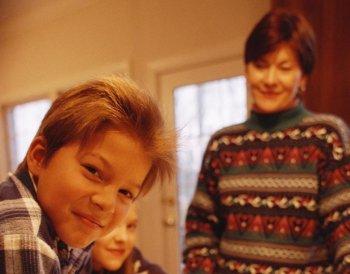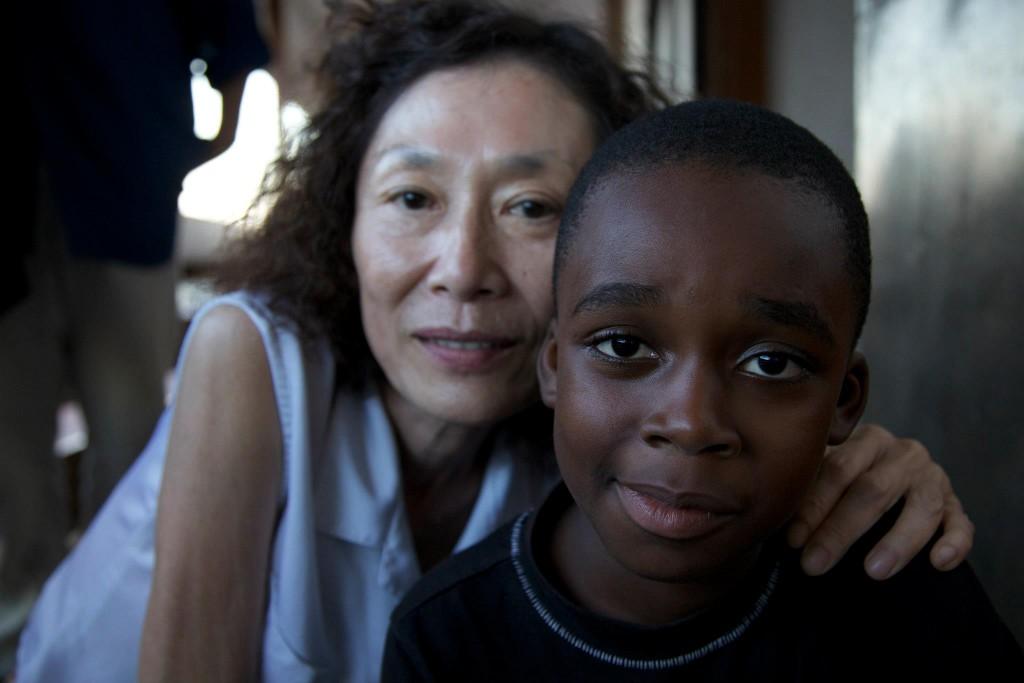TORONTO—Languages are important, says Catherine Jodar, because they open doors to a variety of possibilities, both professionally and personally.
Founder of a Toronto-based language company that teaches French, Spanish, English, and Mandarin, Jodar says she has seen an increased number of parents enrolling their children in French immersion who fail to see long-lasting results.
It’s common for children to experience difficulty when learning a new language because they often lose the enthusiasm they had going into the class, she explains. For the parent, it’s difficult to monitor and motivate their kids to keep learning with the result that the student decides to drop the class as soon as the opportunity arises.
But Jodar offers an interesting approach for the whole family to both learn a language and provide support in the first three years of language acquisition—which are critical to continuing with the language.
“A lot of parents haven’t made the link that they have to learn also,” she says. Parents don’t need to become bilingual or fluent in the language, but they need to make the learning process engaging for the child outside of the classroom.
Jodar’s company, Language Advantage, provides parents with tools to help them bring a language alive in the home environment. The process involves a classroom experience for the child, and a few sessions for the parents to acquaint them with the language and help them incorporate it into the home environment.
When Jodar taught a company CEO in Montreal, she visited his home and held interactive lessons with him, his wife, and their daughter. The family learned useful vocabulary that would help them in real life situations such as going to the store and buying a loaf of bread, which they acted out.
An example of a technique parents might use at home is to write down the names of furniture or objects on sticky notes and put them around the room to help the child memorize the vocabulary faster. To make this happen, the parents need to know basic vocabulary in the language being learned.
Another technique Jodar suggests using at home as a family is to watch French TV programs or connect to different French immersion websites and watch programs such as cooking classes that can turn into a relaxing Saturday afternoon activity for everyone.
The part that is really rewarding to parents and beneficial for kids’ long-term memory is that along with the learning, the child gets to teach the parents. This highlights the strengths and weaknesses of each member of the family and allows them to work on their gaps together.
An example is Fiona, one of Jodar’s students who is learning Mandarin with her adoptive parents. “She’s blooming,” she says, because Fiona sees that the language is not any easier for her parents to learn. In one of the lessons, the girl becomes the teacher and explains Mandarin to her parents—a new approach that Language Advantage is testing out.
Highlighting the importance of language learning, Jodar says she often hears comments like “Why didn’t I continue learning French?” from customers in their forties and fifties who need the language for business or personal use.
“It is a real process and unless you have like a year off and you can immerse yourself, you have to really go step by step; there’s always that friction between time and learning,” Jodar says
.
She adds that learners tend to want to rely on modern technology tools in order to become proficient faster, but the human-to-human relationship takes time to form.
Founder of a Toronto-based language company that teaches French, Spanish, English, and Mandarin, Jodar says she has seen an increased number of parents enrolling their children in French immersion who fail to see long-lasting results.
It’s common for children to experience difficulty when learning a new language because they often lose the enthusiasm they had going into the class, she explains. For the parent, it’s difficult to monitor and motivate their kids to keep learning with the result that the student decides to drop the class as soon as the opportunity arises.
But Jodar offers an interesting approach for the whole family to both learn a language and provide support in the first three years of language acquisition—which are critical to continuing with the language.
“A lot of parents haven’t made the link that they have to learn also,” she says. Parents don’t need to become bilingual or fluent in the language, but they need to make the learning process engaging for the child outside of the classroom.
Jodar’s company, Language Advantage, provides parents with tools to help them bring a language alive in the home environment. The process involves a classroom experience for the child, and a few sessions for the parents to acquaint them with the language and help them incorporate it into the home environment.
When Jodar taught a company CEO in Montreal, she visited his home and held interactive lessons with him, his wife, and their daughter. The family learned useful vocabulary that would help them in real life situations such as going to the store and buying a loaf of bread, which they acted out.
An example of a technique parents might use at home is to write down the names of furniture or objects on sticky notes and put them around the room to help the child memorize the vocabulary faster. To make this happen, the parents need to know basic vocabulary in the language being learned.
Another technique Jodar suggests using at home as a family is to watch French TV programs or connect to different French immersion websites and watch programs such as cooking classes that can turn into a relaxing Saturday afternoon activity for everyone.
The part that is really rewarding to parents and beneficial for kids’ long-term memory is that along with the learning, the child gets to teach the parents. This highlights the strengths and weaknesses of each member of the family and allows them to work on their gaps together.
An example is Fiona, one of Jodar’s students who is learning Mandarin with her adoptive parents. “She’s blooming,” she says, because Fiona sees that the language is not any easier for her parents to learn. In one of the lessons, the girl becomes the teacher and explains Mandarin to her parents—a new approach that Language Advantage is testing out.
Highlighting the importance of language learning, Jodar says she often hears comments like “Why didn’t I continue learning French?” from customers in their forties and fifties who need the language for business or personal use.
“It is a real process and unless you have like a year off and you can immerse yourself, you have to really go step by step; there’s always that friction between time and learning,” Jodar says
.
She adds that learners tend to want to rely on modern technology tools in order to become proficient faster, but the human-to-human relationship takes time to form.








